Blog 2
28th February to 5th March
La Paz to Sajama Village
Total distance – 373km
I apologise for not sending a blog sooner but we have been having trouble with the satellite communications device for now. To see where the places I mention are, please check the tracking map: https://kateleeming.maprogress.com/andes_altiplano_atacama
El Alto – Tiawanaku
Days 1&2
109km
I set off from El Alto, a large satellite town of La Paz, rejoining the line of my 2020 journey. Rather than take the national highway, I chose to go via the industrial town of Viacha, about 25km away from El Alto. I set off into heavy traffic, direction – Tiawanaku. After Viacha, the traffic finally eased. From there the road bisected fertile green fields with chains of mountains visible in the distance to the east and west. The highlight of my day’s ride was a 20km route along a gravel road that tracked a disused railway line. The line was used to export/import produce and goods between Bolivia and Peru. Reza, the producer, had me cycle a short distance along the railway as a way of remembering my Trans-Siberian Cycle expedition ( where we had to follow the Trans-Siberian railway for 1500km).
I rode past Tiawanaku to get some extra distance done, taking in Lake Titicaca’s peaceful southern shoreline.
Day 2 and it is Festival season right across Bolivia and most of South America. We were invited by Elena Quispe (Cholita Escaladoras – more later) and her husband, Carlos to a traditional celebration near the northeast shore of Lake Titicaca. It required a five hour drive each way from Tiawanaku, but it was an opportunity we couldn’t miss. The remote village, Taypi Ayco is located in a valley set aside by the government to allow the local people to practice their traditional culture. The villagers arrived at the football field in a colourful procession and proceeded to dance and play music for about three hours.
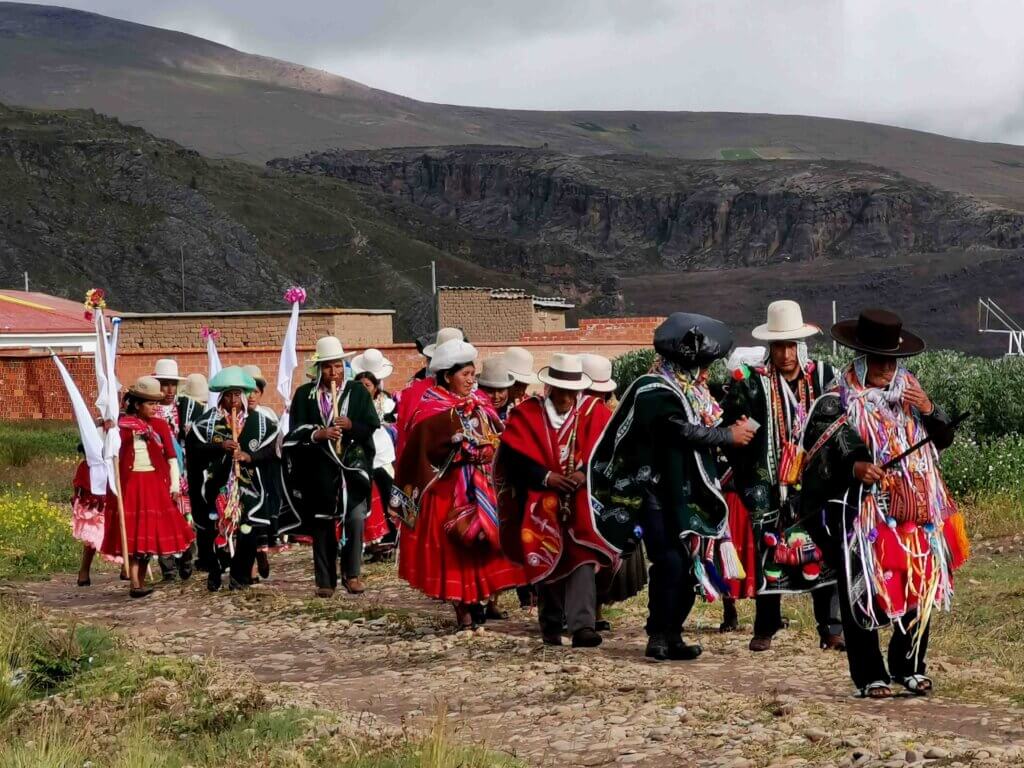
We were their guests and I was quickly pulled in to the dance party. Vast quantities of alcohol were consumed, mostly beer, but towards the end, a selection of home made spirits and even moonshine (100% proof alcohol) were consumed. It was a fun afternoon. It was midnight by the time we returned to Tiawanaku. Rolando, our driver, was exhausted.
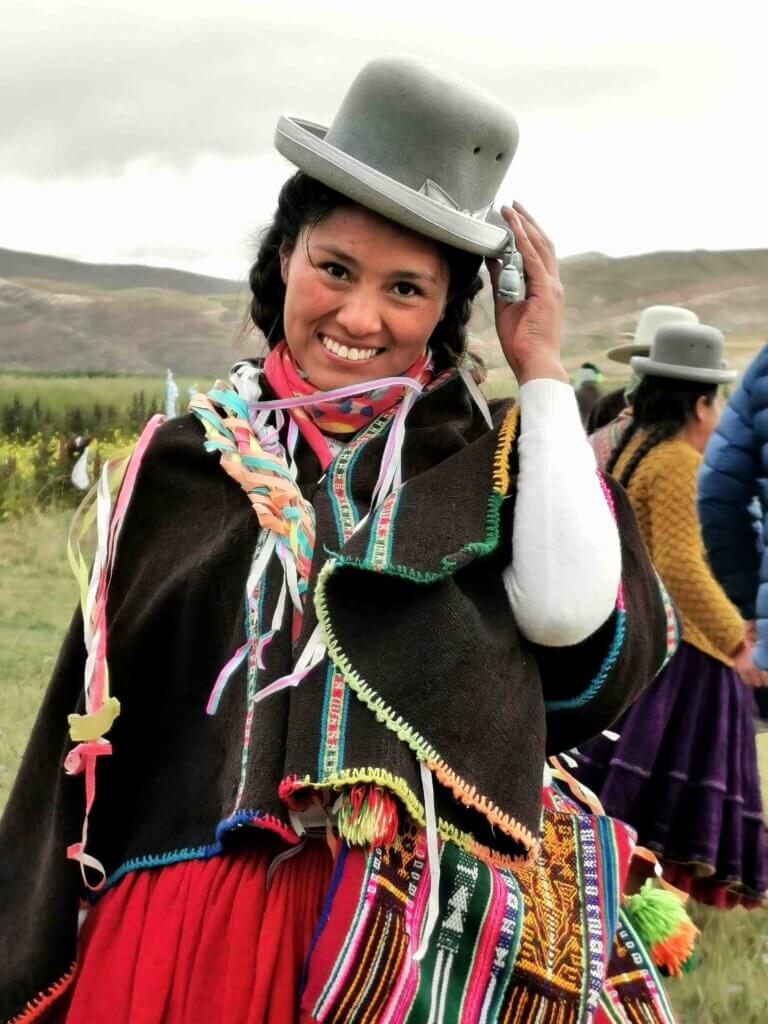
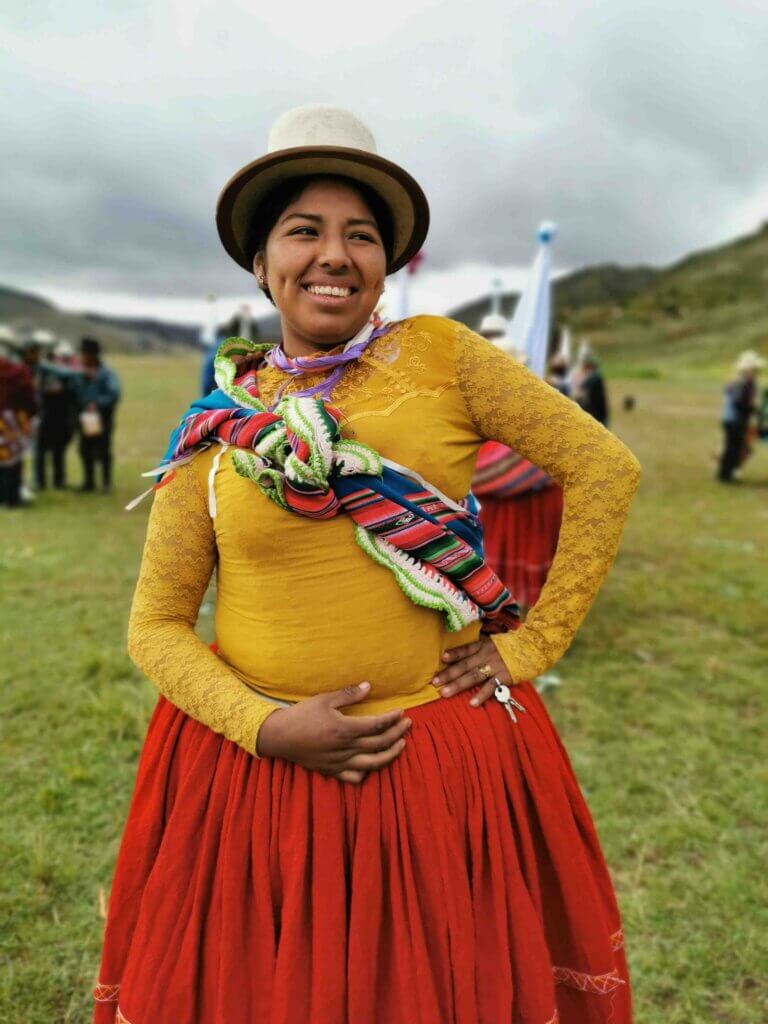
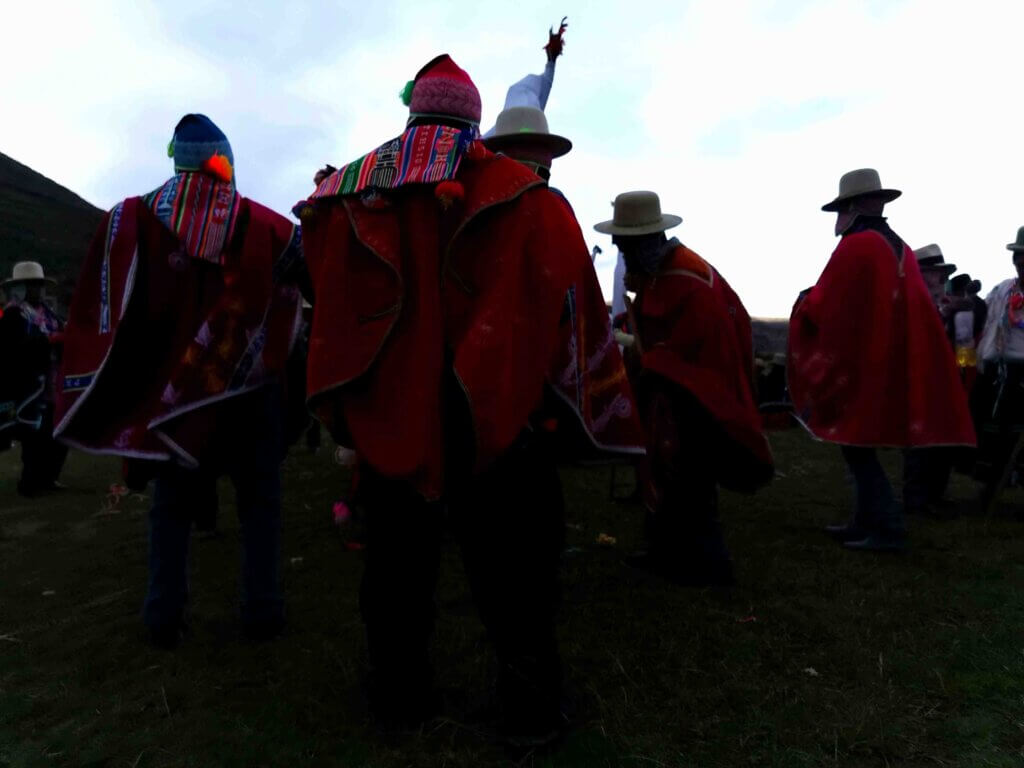
Tiawanaku is home to Bolivia’s most important archeological site. After gaining permission from the director of the site to film, we spent a couple of hours with a guide learning about the pre-Incan culture.
The Tiawanaku people inhabited the Altiplano region around Lake Titicaca from about 2000 BC to 1000AD. Tiawanaku city, the political and spiritual capital of the powerful empire, existed between 500 and 1000 AD; its population swelled to an estimated 30,000 at its peak in 800 AD. Religious beliefs centred around the importance of the lake and the two sacred mountains that flank Tiawanaku, the main drivers of the weather systems and subsequently, the fertility of the region. Rituals and offerings of maize, animals and even human sacrifice were made to appease the Gods in the hope they would bring prosperity. Tiwanaku was built with highly-sophisticated engineering, astronomical understanding and aqueducts.
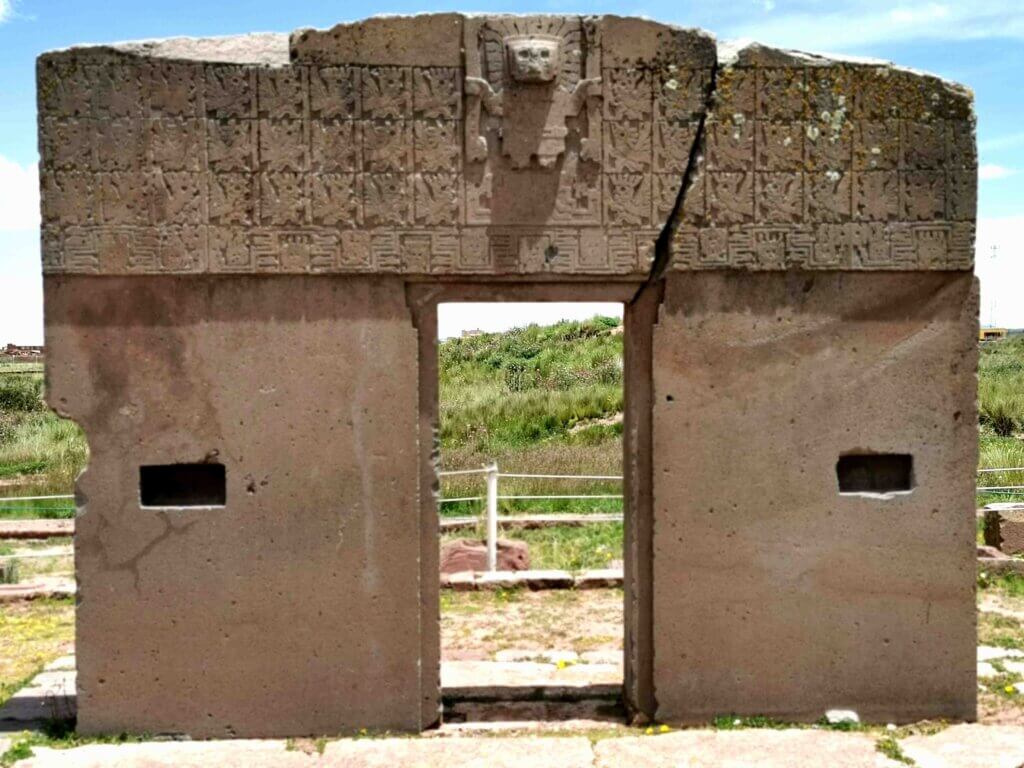
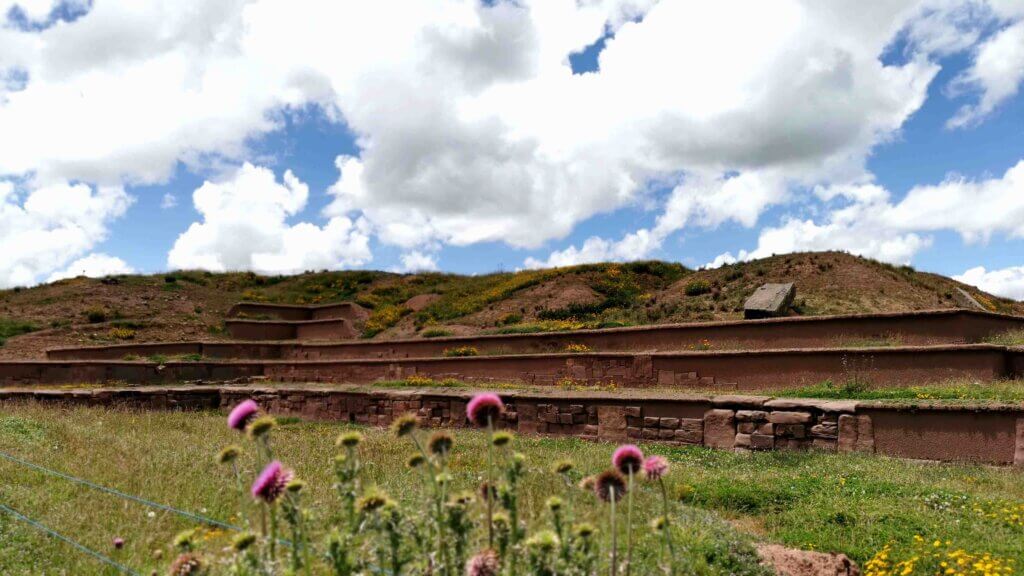
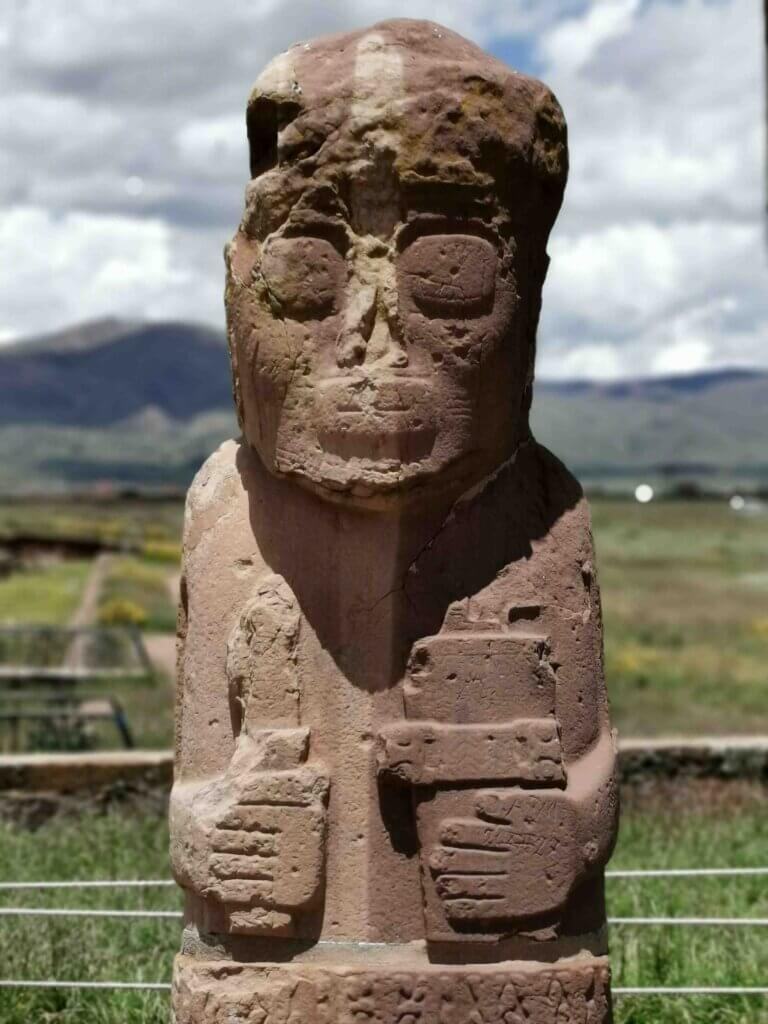
One of the many unsolved mysteries of Tiawanaku is what caused its downfall. Many hypothesise that it was due to a prolonged, severe drought and the unrest that followed that caused the community to break down and disperse, and the empire to fade into history. As the Incas rose to prominence a couple of centuries later, they used the site and incorporated some of the Tiwanaku religious beliefs into Incan culture. Today, the Tiwanaku archeological site is still a place of political importance, as well as a significant cultural and religious site for the indigenous Aymara people of Bolivia.
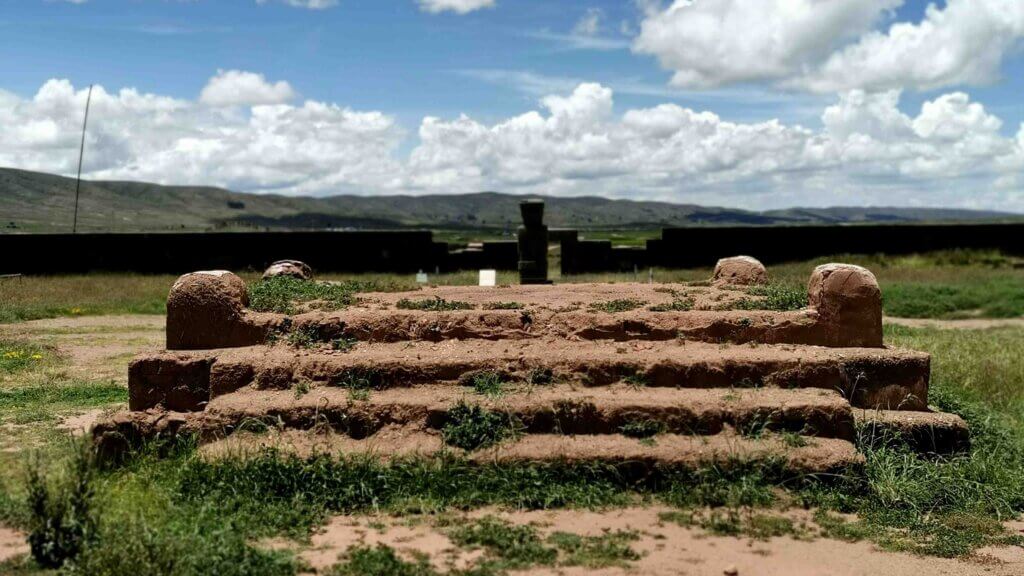
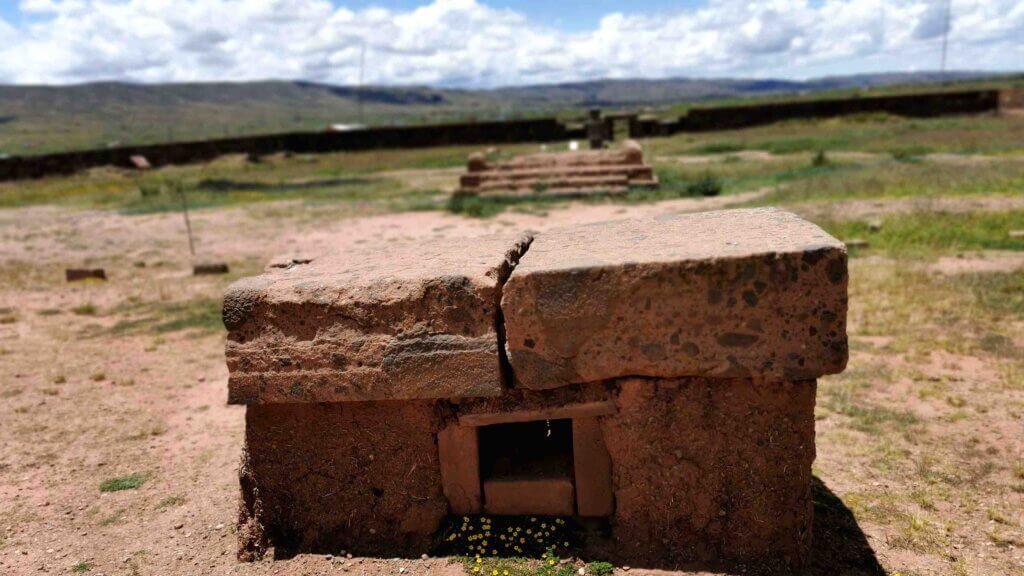
Tiawanaku to Charana
Days 4 and 5
The journey continued from mid-afternoon, rejoining the cycle journey turning south from Lake Titicaca. After a small climb, I entered a vast open fertile plain, with mountains to the west and east. For about 30km, the road ran adjacent to the last remnants of the lake.
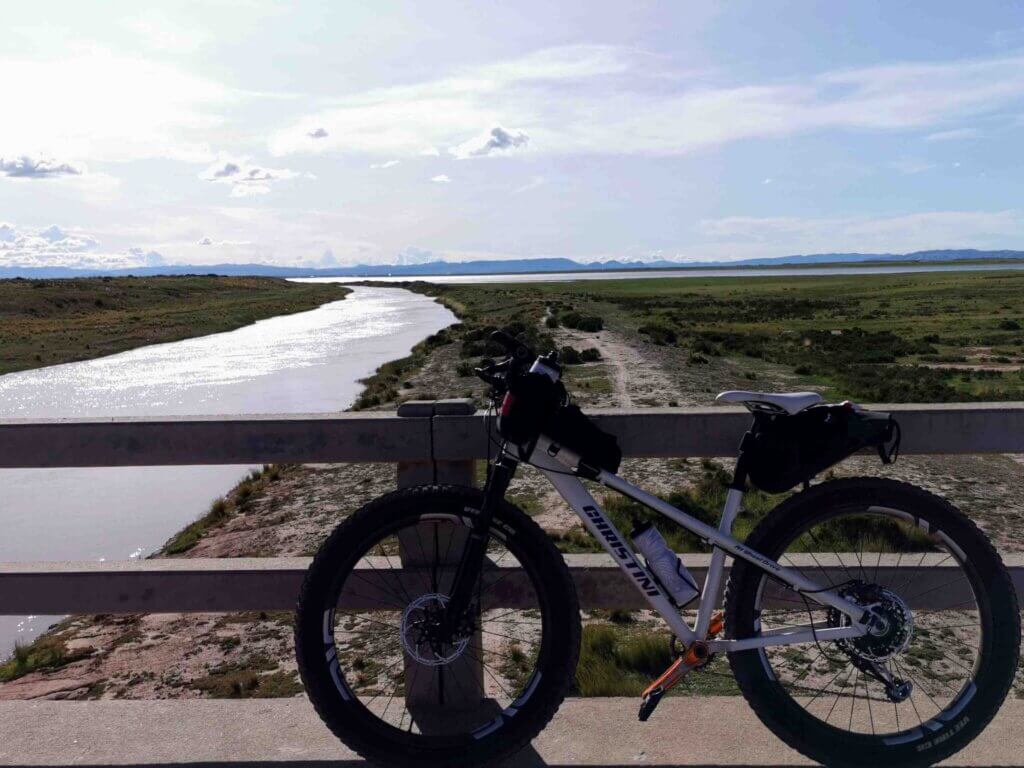
The unsealed road rose about 150m above the Titicaca floodplain to St Andre and this was the end of the flat land. Continuing south I was passing through some vast landscapes dotted with mesas and buttes. The road was pretty rough.
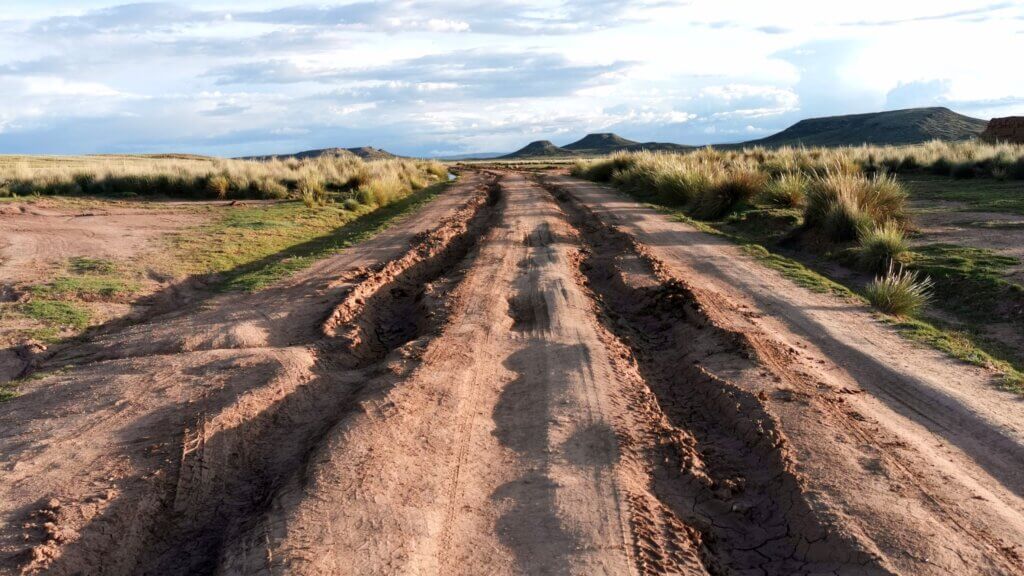
Charana to Sajama Village
Days 6 and 7
The next few days were more simple, with the landscapes constantly changing, but always intriguing. The second day from Tiawanaku, we came across another festival in Achiri before turning onto a major through route. Being a highway, I thought it would be sealed, but it was a gravel road. Two passes to almost 4300m really tested me – not fully acclimatised yet. The terrain was pretty mountainous and the regular steep ascents of up to 13% gradient really knocked me around. With only around 12.5% oxygen in the atmosphere, it’s not just the climb, but the ability to recover that makes it tough, day after day.
Here’s a pictorial representation of the last four days…
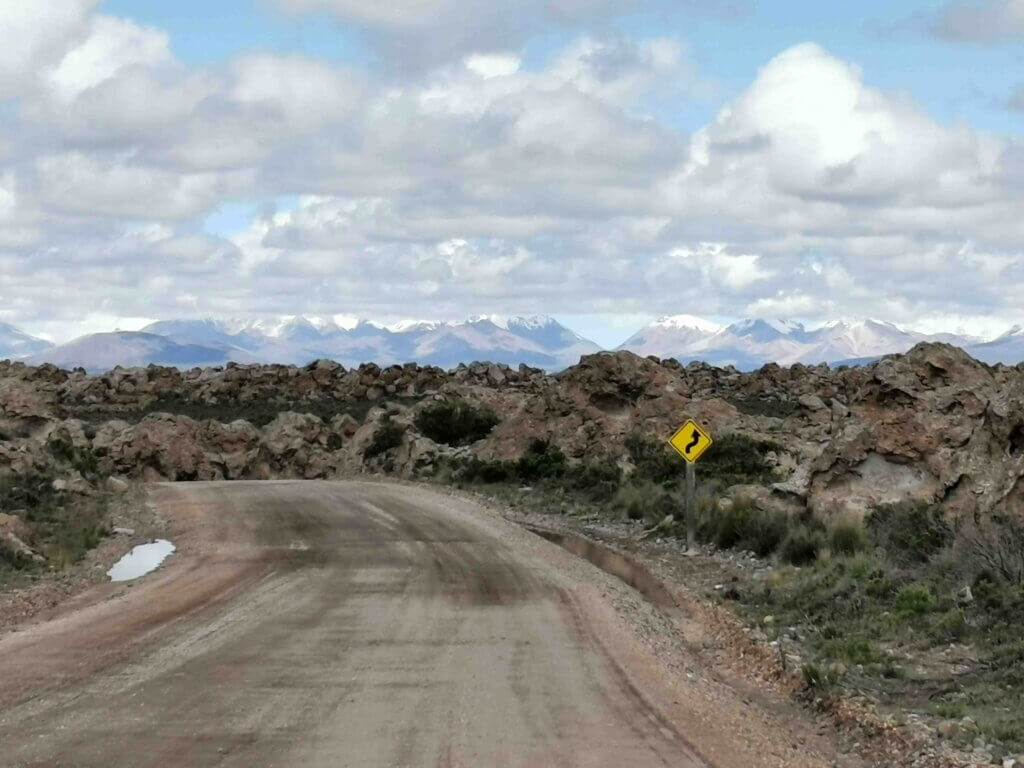
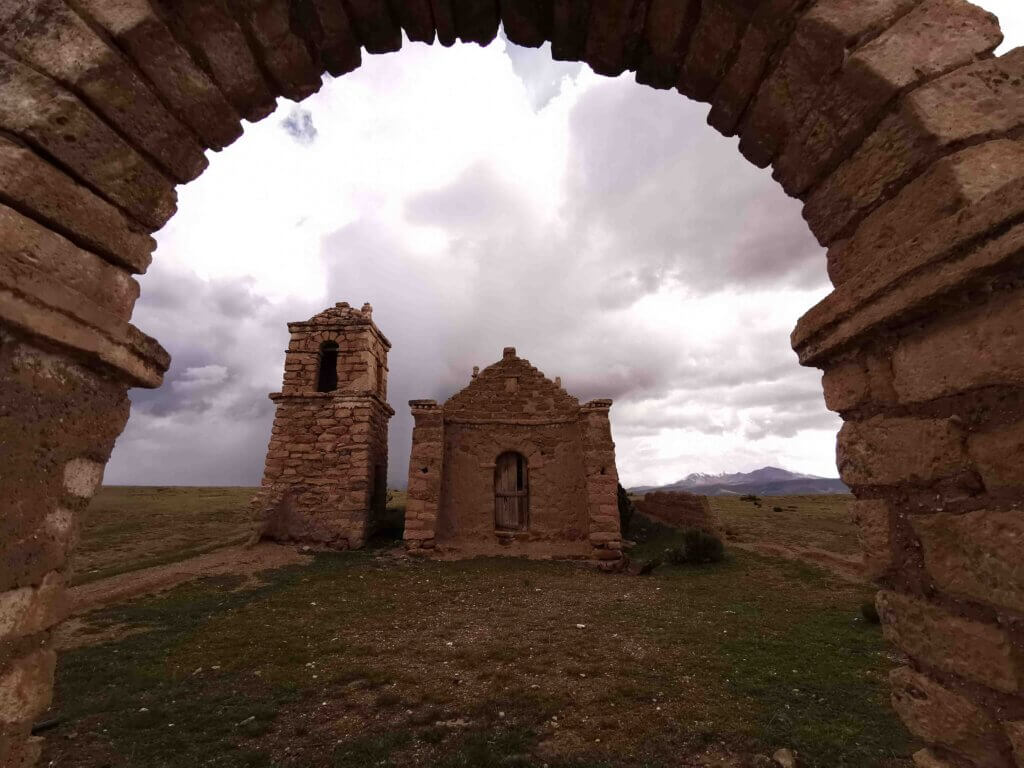
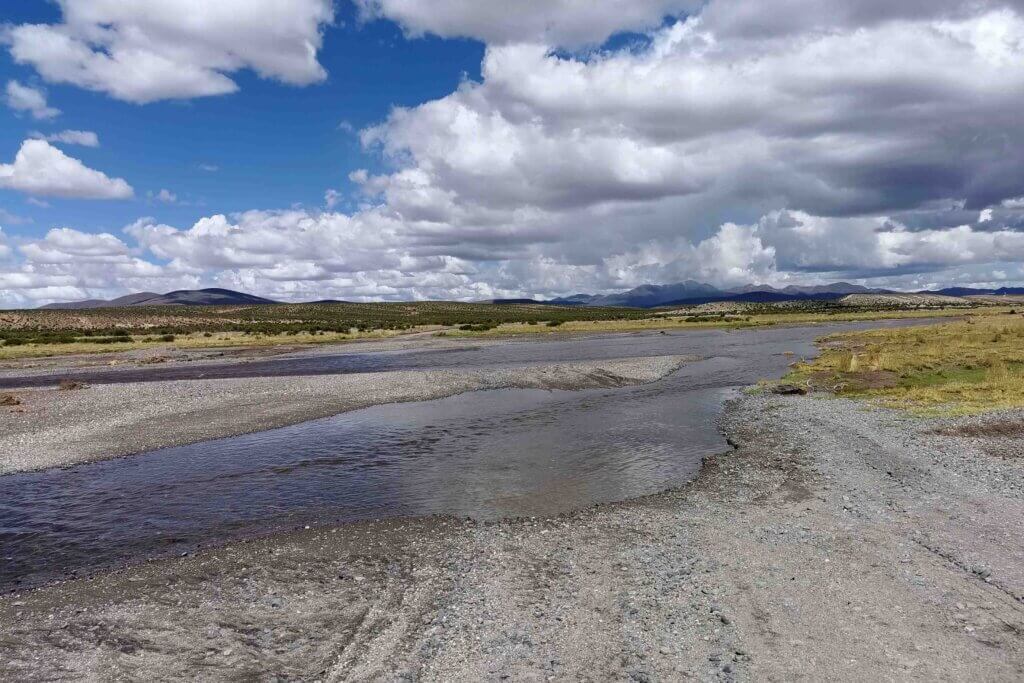
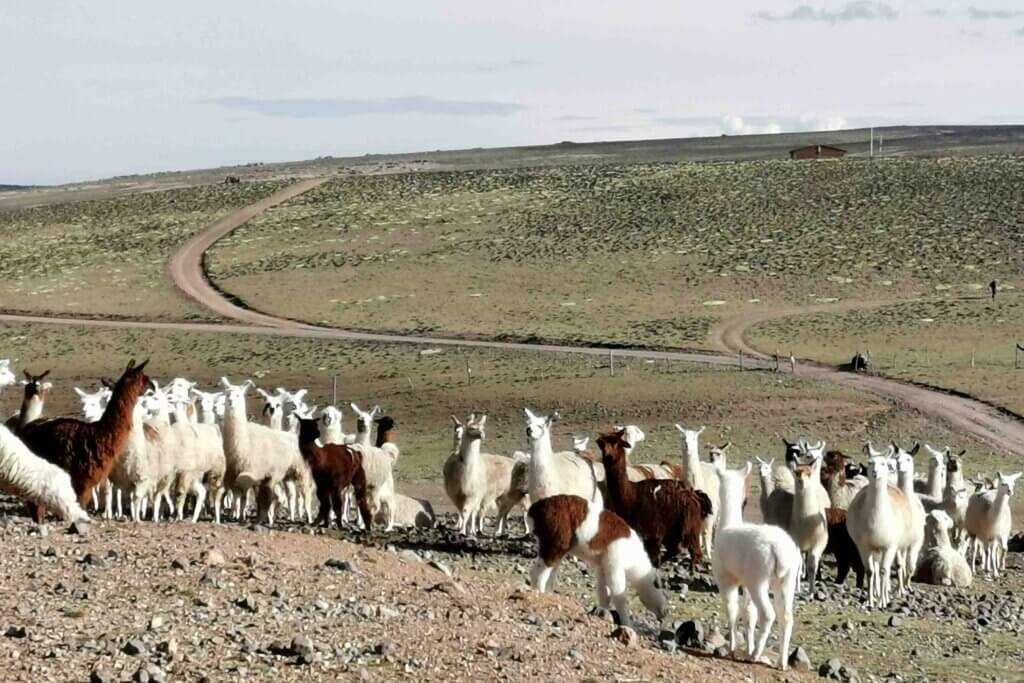
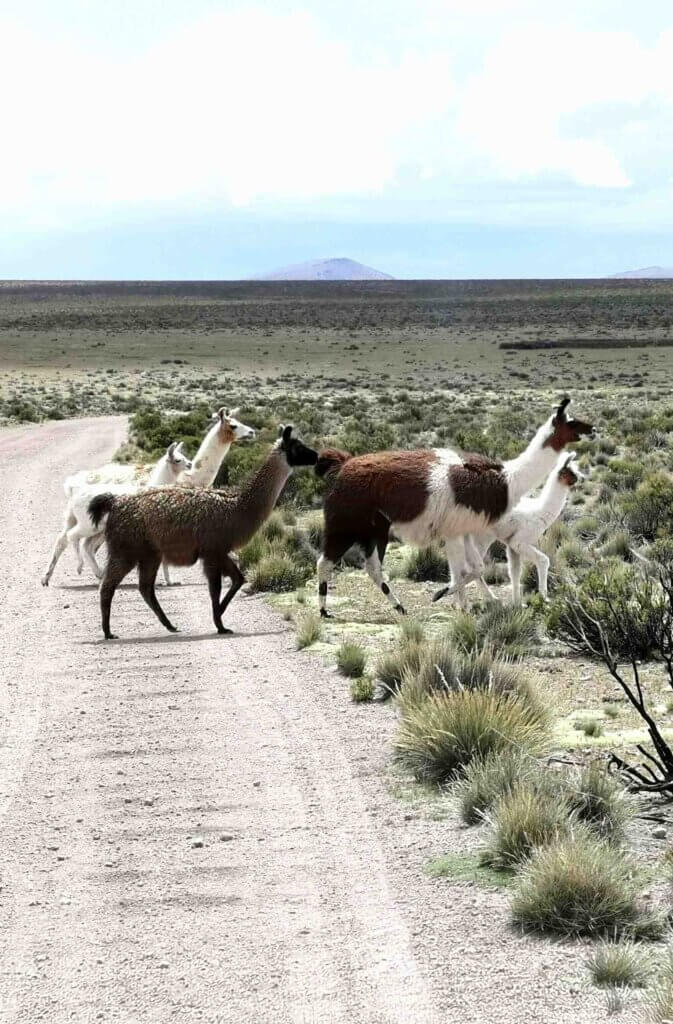
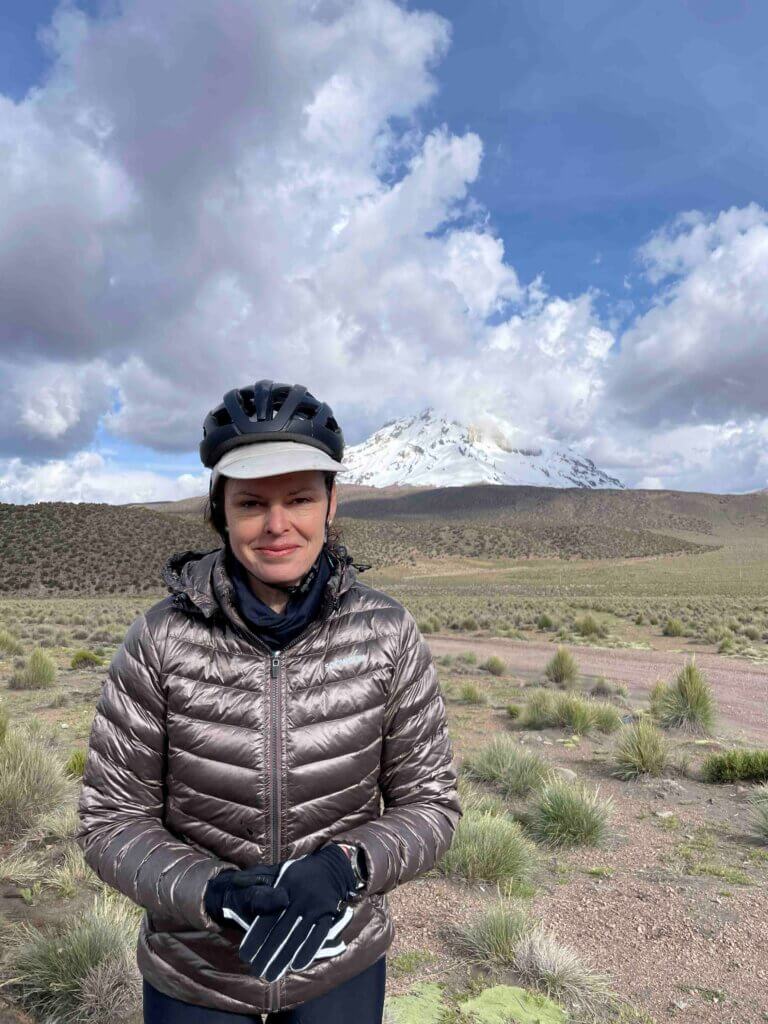
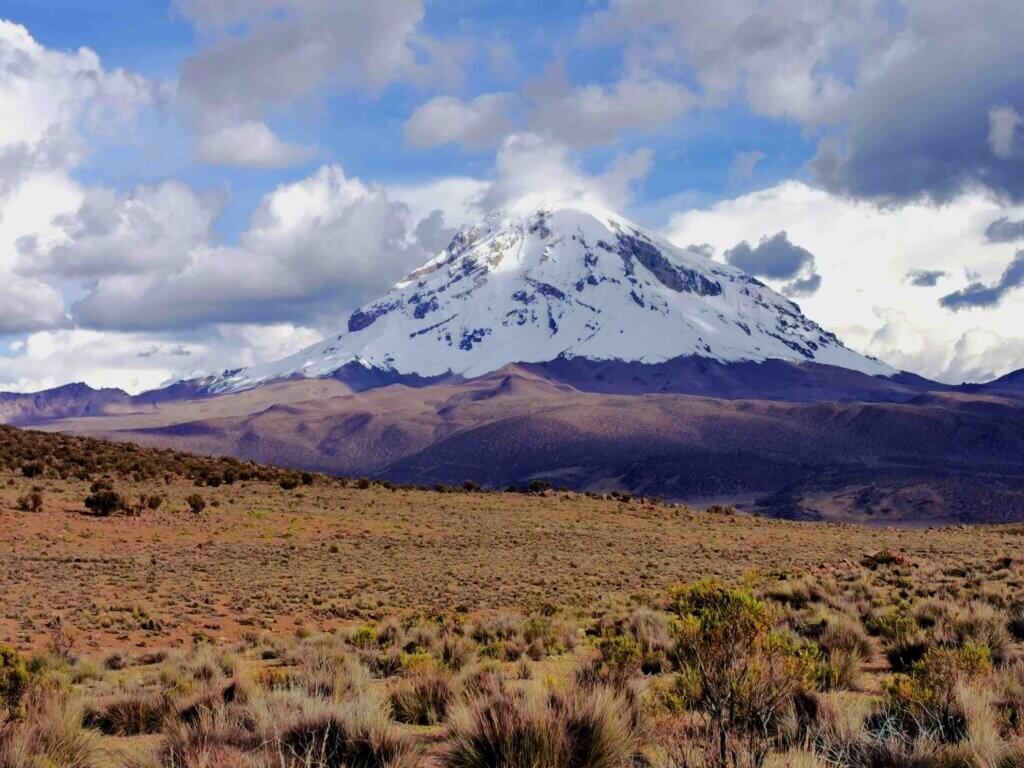
We still haven’t solved the BGAN problem, so I am finishing off this blog hurriedly at the Bolivian/Chile border. We have come to a bit of a road block and the current situation is that we cannot cross the border as planned. I have a Plan C, but it isn’t ideal because we will miss out on some important stories I have planned for the expedition. The current word from the officials is that we would have to fly to Iquique and then up to the border with a hire car. That isn’t practical. We are now going through a few options with the Chilean consulate in La Paz.
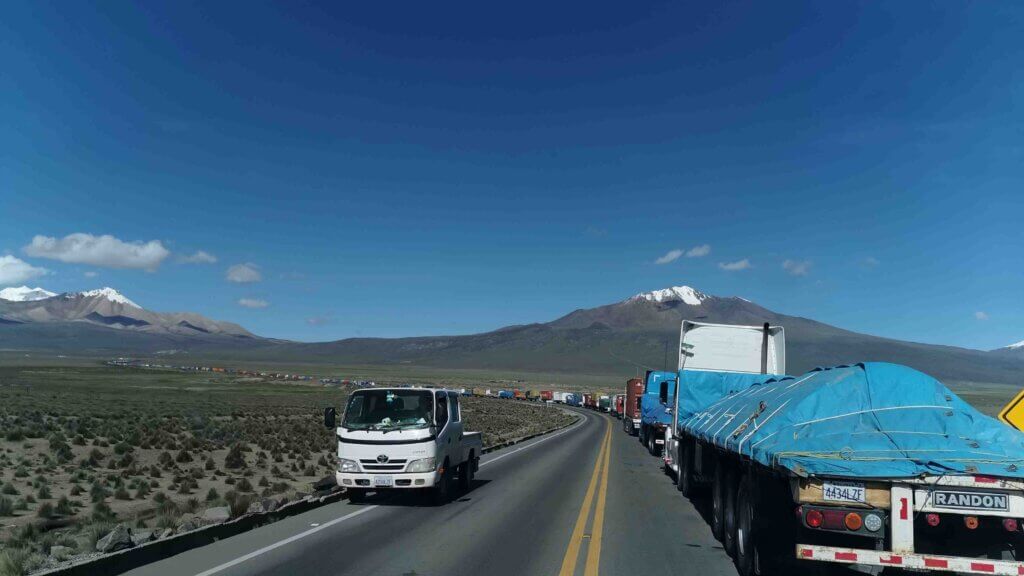
Can you help?
All of these complications are very costly and threatening our ability to complete the expedition successfully. I can accept donations via this link or you can contact me for further details. (Thank you to those who have generously supported already).









Stunning images Kate. You are so strong, such an inspiration. Plan A, B, C or Y I know you will get though! Big heart from us in Sydney.
Trying to keep up with you, as always Kate.
Samaja is impressive.
Take care.
😊x
Go Kate! what a journey. What a traffic jam! Argh.
Amazing images.
Beautiful scenery, Kate! Stay well and safe.